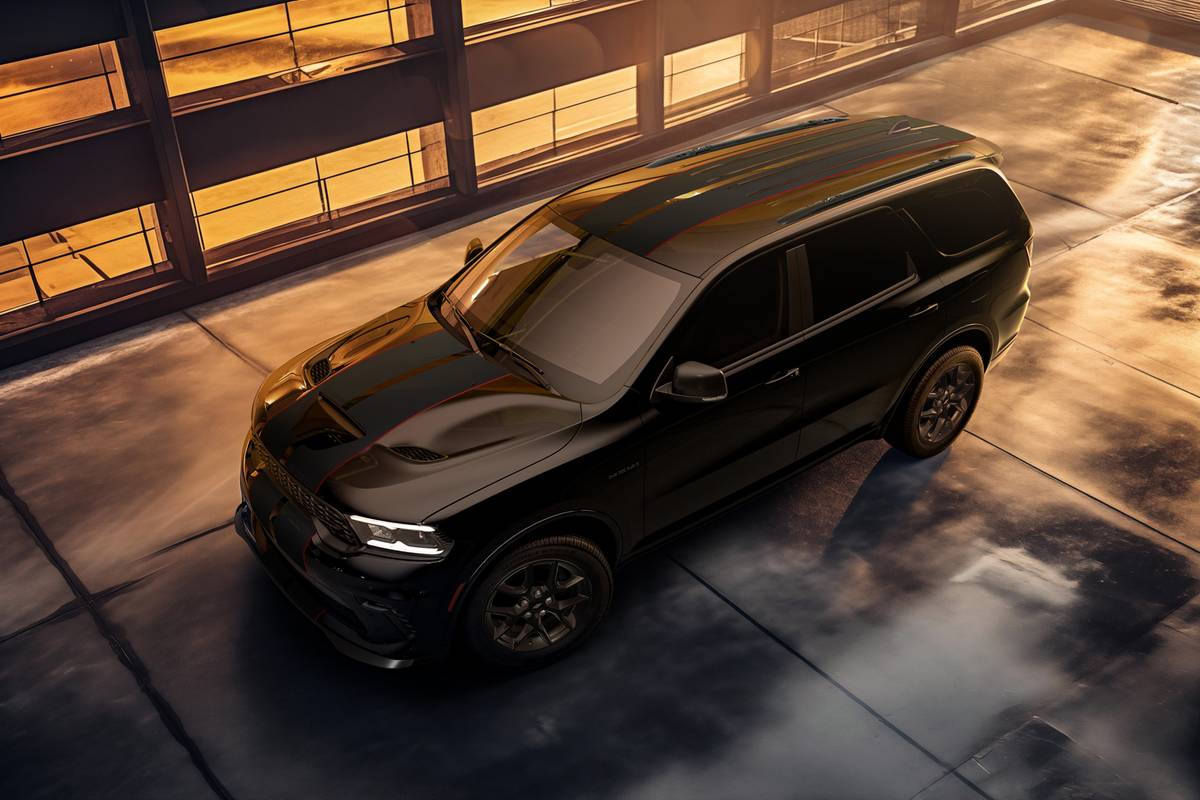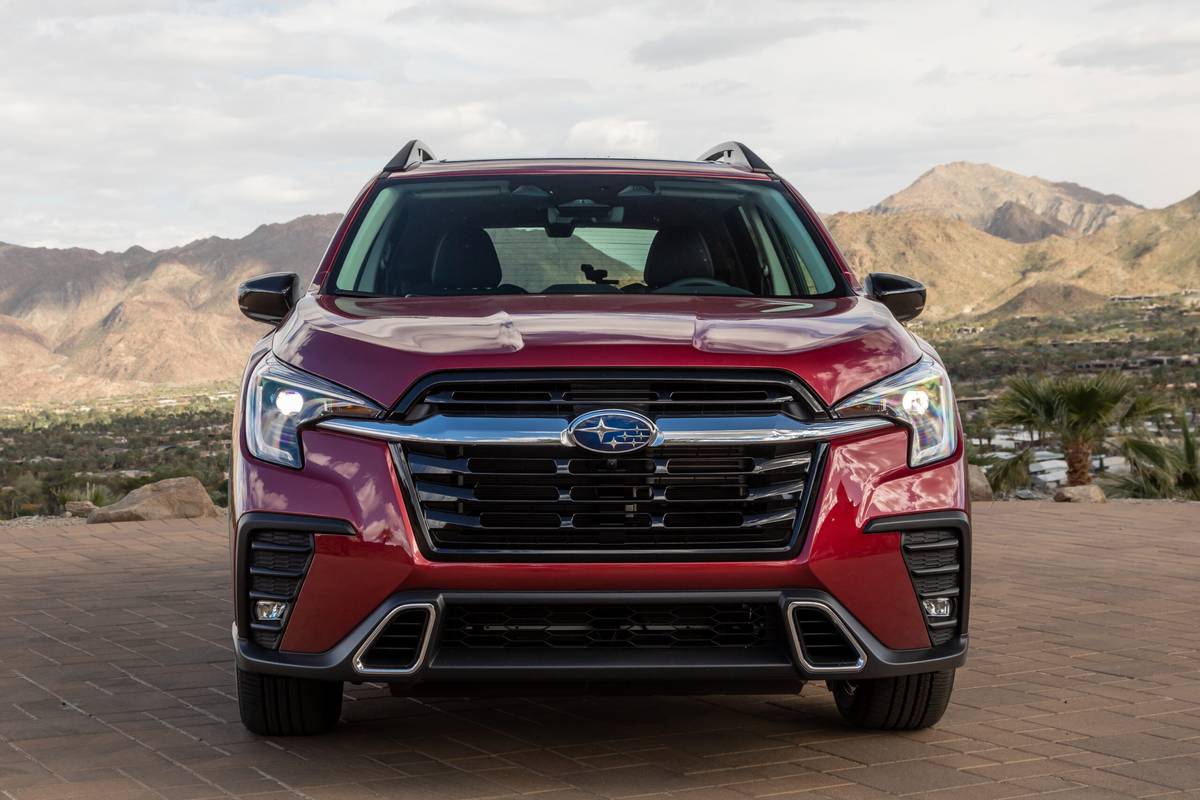Orlando Sentinel's view
There are certain laws of physics that just can’t be violated. For instance, when you start an automobile engine you will hear engine noise and feel some vibration.
Unless you are in a 1990 Toyota Supra Turbo.
This $25,000 Japanese sport coupe is far and away one of the smoothest and quietest cars I’ve ever been in.
Even with the air conditioning on, you have to strain to detect even the slightest vibration or engine noise. Toyota uses fluid-filled engine mounts to absorb the engine’s vibration. The system works flawlessly.
The Supra Turbo features a 24-valve, in-line, 3.0-liter, six-cylinder engine that develops 232 horsepower. The test car came equipped with a five-speed manual transmission. Both must be considered at or near the current state of the art in automobile engineering. After excellence comes finesse and that’s what the Supra’s engine and transmission have. Its superb engineering is just one of the many exemplary points of this vehicle.
Yes, $25,000 is a lot of money for a two-door hatchback car of the Supra’s type. For some reason, Japanese cars seem to depreciate quicker than others. But in terms of the Supra Turbo’s performance and equipment, a comparison to the other high-performance cars in its class proves the Supra to be an excellent buy – provided you keep it until it wears out.
In the long run, the Supra most likely will require less maintenance than European and some domestic cars, and whatever it does need probably will cost less.
For instance: a set of front and rear brakes pads for a Porsche 944 is $208.94 from the dealer. The same parts for a BMW 325 cost $155.30. For the Toyota, a set of brake pads for all four wheels costs $53.75 from the dealer. This is one way the Toyota’s value reigns supreme.
With the optional power adjustable driver’s seat, it virtually is impossible to be uncomfortable. The Supra’s automatic air conditioning system allows the driver to punch in the desired temperature down to the degree; the range is from 65 to 85 degrees.
The sound system in the test car could be placed in a Rolls Royce and be complimented for its clarity and power. It featured a compact disc player, cassette player, presets for 12 FM and six AM stations and a built-in equalizer.
Rear seat passengers are apt to find leg-and headroom very much on the cramped side. This is the car’s only major weak point. Only small children would be even reasonably comfortable riding in the rear seats. Stowage capacity in the hatchback area barely is adequate. There is not much room between the floor and the hatchback. A grocery bag for instance would be smashed unless it was placed far away from the rear of the car.
The feature I liked most had nothing to do with driving. When you lock the car, an automatic alarm system is armed. If a thief tries to steal it, the lights turn on, the horn sounds and the starter is rendered useless.
I found it impossible to make th e Supra’s 16-inch Goodyear Eagle VR50 Gatorback tires lose traction under any hard steering condition. The Supra took corners with ease at 60 mph that other cars would struggle at in 30 mph maneuvers. The brakes were firm, strong and nearly fade free. Shifting the car is a breeze – the Supra is a pleasure to drive.
There were only two minor things I didn’t like about the car – and this is really nit-picking: the pedals had a flimsy feel to them, as if they were not made of heavy enough metal, and when will Japanese carmakers start using something other than what appears to be heavy paper for the shifter boot. How about some real leather for a change?
The car’s styling, with bulging biceps courtesy of Porsche, is aggressive. And the Supra’s performance lives up to that projected image. Various enthusiast magazines have tested the car and found 0-60 acceleration times ranging from 6.5 to 7.5 seconds.
Toyota engineers have eliminated turbo lag, so when you need thee tra acceleration of the turbocharger, power comes on quickly and smoothly. Driven hard with the air conditioning on, the Supra returned 16.1 miles per gallon of unleaded regular. Driven normally with the air conditioning on, mileage increased to 21.4 mpg.
All things considered, the Supra is a super car, but there are economic forces working against it. Several years ago when the dollar began its free fall, foreign carmakers were forced to raise prices in order to remain profitable.
Consider this: year-old Supra’s are down to between $16,000 and $18,000, according to local newspaper ads.
This problem is not restricted to Toyotas, but because the Supra loses so much of its value in so short a time, it is more severe than with other cars. The best course of action is to buy one and keep it. Rack up as many miles as you can and maintain it aggressively. Chances are you’ll like it so much you won’t want to sell it anyway.
Latest news



